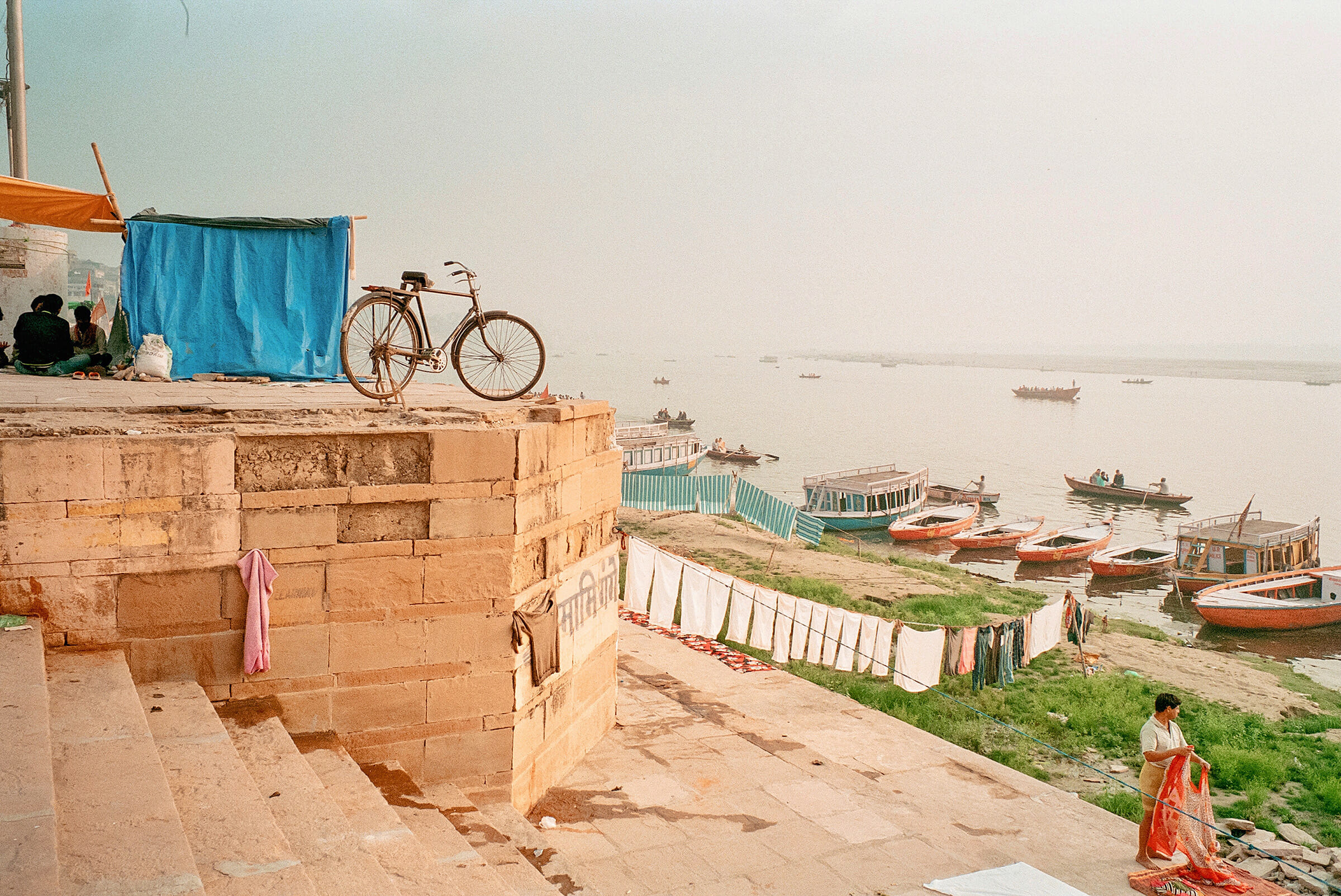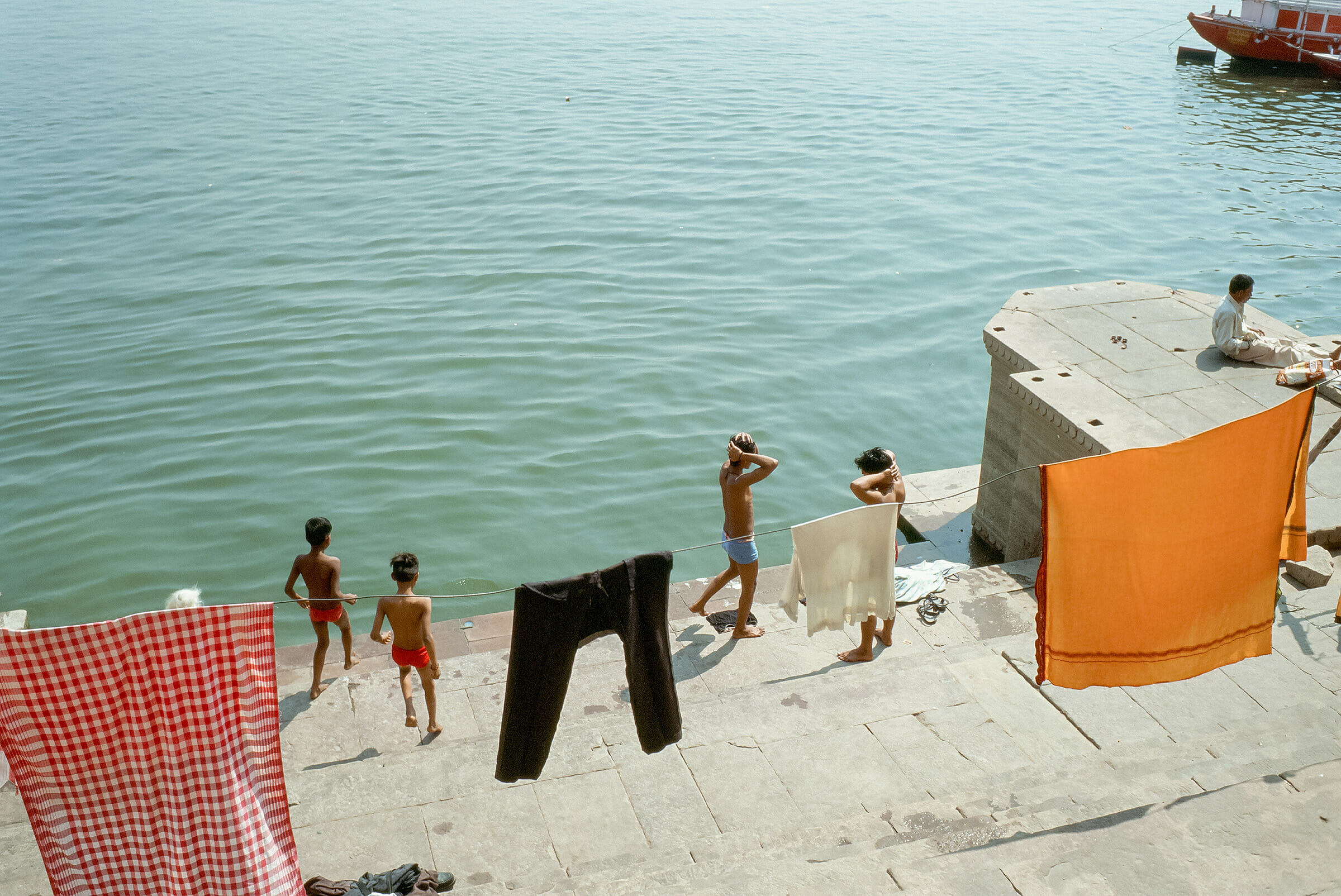Interview 079 • Jun 27th 2022
- Interview by Agustin Sanchez,
- Self-portraits courtesy Joe Greer
About Joe Greer
Born in Flint, Michigan, and raised in Florida, Joe Greer has been making photographs since moving to Spokane, Washington in 2010.
Since discovering photography, his sole purpose has remained to document life as he experiences it, including:
Commercial work for clients such as Apple, VSCO, Land Rover, Harley Davidson, JW Marriott, Ralph Lauren, Cadillac, and Mont Blanc.
Portrait work with artists like Leon Bridges, Karlie Kloss, Joji, or his muse and wife Maddie.
Personal work documenting street photography, landscapes, or the intimacy of his complex relationship with the family.
At the time of this interview he is based in Nashville, TN.
Links
Foreword
Let’s be honest, we’ve all made a late-night Amazon order that slips our mind the moment after we hit “Buy Now,” only to receive a surprise little brown box on our doorstep a few days later.
I pre-ordered Joe Greer’s book “The Lay of the Land” looking to get a beautiful photo book from a talented photographer I follow on Instagram. Life went on, getting lost in the wash of working from home and projects. I completely forgot about my order. Months went by, because well, it was a pre-order.
But Joe’s book surprised me not once, but twice. I was delighted to receive such a lovely book full of stunning landscape photography seemingly out of the blue – but doubly shocked once I opened its pages to find it filled with a heartfelt narrative detailing his traumatic childhood, adolescence, and young adult life.
From losing his mother in a car accident at a young age, adoption into his surrogate family, a confidential court settlement and trust, the tragic loss of his sister Hannah, all the way to finding the love of his life and his passion for photography – Joe’s story was more of a roller coaster then I could have expected.
We caught up with Joe to dive into the project, his thoughts on photography, and his plans for future photo books.
—
This interview has been edited for length and clarity.
Interview
I preordered your latest photo book “The Lay of the Land” back in February. I didn’t expect its narrative story to detail much of your life. Did you set out to write about yourself when you started the project?
That was by far the hardest part of this process and something I hope to never do again. I’d rather just stay behind the camera and have my camera be the way that I communicate.
It was such a difficult process. Very healing, and also very traumatic. Reliving things I thought I had dealt with or worked through, only to find out that I hadn’t. I talked about that forever for the last, two-plus years on that journey. It’s very exciting now for that body of work, both in words and in photographs, to live in people’s homes on their bookshelves. It’s an absolute dream.
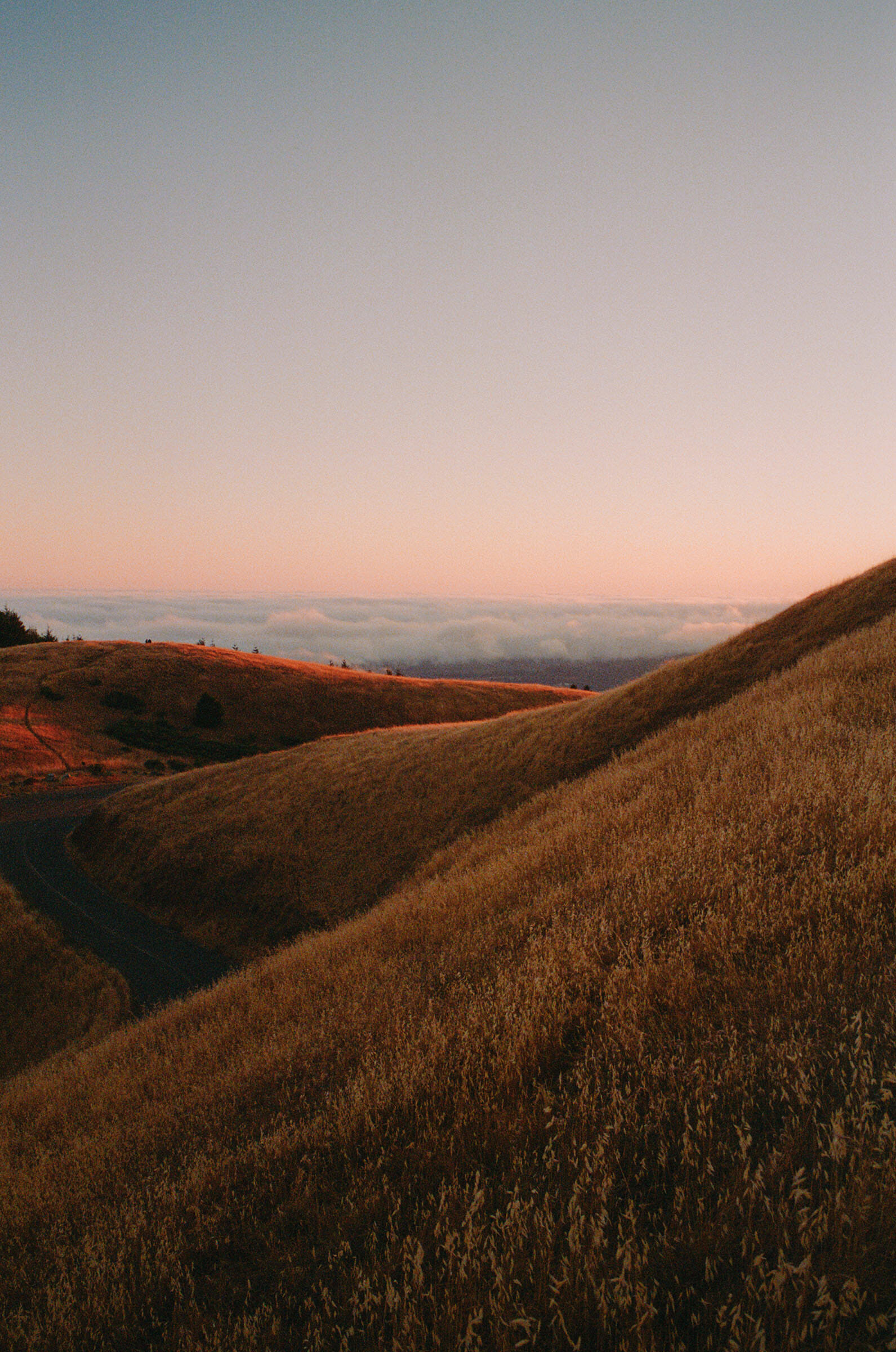
“The Lay of the Land” chronicles your life up through the beginning of lock-down. Were you using archival photos, or did you go back to capture photos to represent different parts of your life?
That’s a great question. All those photos were from the archives. I’d say maybe the oldest photo may have been from 2013 or 2014. That was the reason why I decided to go the landscape route. Landscape photography was my entry into this space. It was my first love. It just made sense to focus on as I was recapping my life. All these photographs are some of my favorite landscape photographs that I have made over the last almost decade.
There is some recent stuff in there. I started writing the book in the summer of 2020. Some current photo photos made it into the book, but I wasn’t on assignment or going out to make these photos.
It was a lot of curation – a long process of culling together thousands of photographs down to a few final 108 to 110 final photographs. That was a fun process, and probably one I definitely preferred over the writing. That’s for sure.
I was going to ask… Are you someone that has journaled through this whole time? What instigated the desire to want to put out such a personal intimate story?
I never got into journaling. I’ve done it at certain stages of my life, like right when I got into college, and at the tail end of high school, but that was more of a spiritual journey. I mean, photography is my journal. That is the record of my personal life, my professional life, and every facet of how I go about living.
I’m very open and very transparent with my story. I’ve always been open for some reason. As a kid, I was strongly encouraged by my adoptive parents to kind of keep that hush hush. To not let people know that I was adopted. Going to school with my siblings, which genetically are my cousins, meant that I looked radically different. So all throughout school, I would hear “Rachel, Hannah. Jake… You guys don’t look like Joey… You look so different from everybody else.”
How did that make you feel?
I don’t know what to tell you there. It was very odd.
It took years for me to muster up the courage to let people know. As I started getting older in my mid to late teens, I just kind of started to share my story quite a bit with friends I met. Reaching adulthood and throughout all my 20s I was just very open and transparent about sharing some of the things that I’ve been through. I decided to be more vulnerable. Be more in-tune emotionally. That viewpoint has helped me tremendously throughout multiple facets of my life.
Growing up in the South, there’s that classic stigma. The kind of male-dominated, I guess, conservative perspective to not share my emotions, to not express my emotions. You’re asked to keep that at bay. So that was my opportunity to kind of break that mold.
And then photography became another outlet for me to express myself emotionally. I’ve always wanted to share my story. But when HarperCollins reached out early during the pandemic, writing that story was the last thing I was trying to do. I was not trying to put pen to paper, fingers on the keyboard as it were, and write my story. That was never, never a dream of mine. I wasn’t even thinking about it.
I’m very open and sharing whether through a podcast or video. I’ve shared bits and pieces over the last several years, but when the opportunity came my editor Anna pushed me to write it down. She had been following my story with Maddie since we got married in 2015. I had just dropped my first self-published book “nyc, i love you…” At the time the self-published book was my world, my universe, and what I was focusing on.
So when the opportunity came up to tell my story through HarperCollins I consulted with my wife and my family.
“Should I do this? Should I not? What do you think?”
I just felt like it’s not every day that one of the biggest publishers in the world reaches out to you and wants you to write a book. I recognized how unique of an opportunity this was. It was an incredible opportunity. I went into it pretty scared, pretty terrified honestly. As soon as that pen hit the paper on the page, the words that we’ve published poured out of me.
There was no going back. I can’t take back how far I’ve pulled back the curtain into my life, into my family’s life, and everything that has gone on up to this point. There’s no getting back in once the words are out. They’re out.
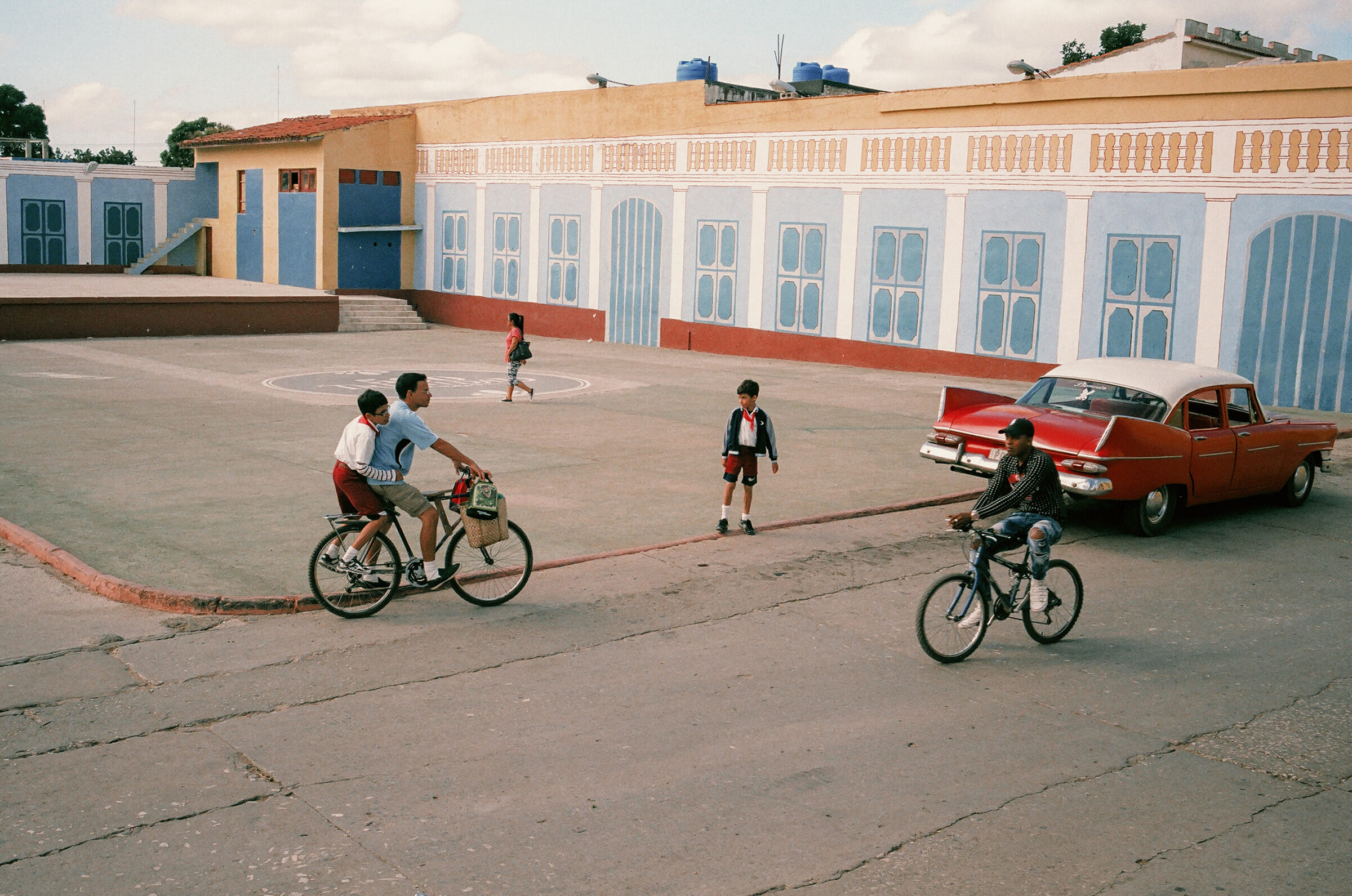
What has it been like to have the book and your story out in the ether? How has your audience reacted?
I wrestle a lot with that. It’s only been two and a half, three weeks since the book has been out and people are going through it. It’s been absolutely remarkable. To receive the messages, emails, DMs. To hear personal accounts of people that have gone through similar trauma as a child or trauma. To see how this story has been able to relate to people has been the most rewarding and beautiful thing.
The connection people have had with this book has made all the difficult times in its creation worth it. The family issues I had to face, knowing that the story was being written, it’s worth it to know that someone out there is connecting to it.
If I could encourage and help other people who have experienced similar things, to let them know that they are not alone and that this trauma can be used as fuel for us as creatives, photographers, filmmakers, or any other art forms…
So let’s talk about that a little bit. How has misfortune, and its trauma, fueled your approach to photography?
I really do believe, for lack of better words, that photography saved my life. I think the biggest thing personally was kind of just getting out of the small world in rural Florida. Leaving there and then moving to Spokane, Washington changed everything. Downloading that silly app called Instagram in 2011 forever changed the course of my life. I absolutely would not be where I’m at if I had never left Florida. If I chose not to download Instagram. If I had gotten accepted to the Chicago campus instead of Spokane.
I think about it all the time. If I got accepted to Chicago, I’d never have seen the mountains, never have seen snow or raw nature. I don’t know if I would have found photography in the way that I did. Maybe I would have developed an interest in photographing buildings or street photography in downtown Chicago.
Finding this love and this new passion for seeing the world through a lens, and being able to take photographs we’re living is one of the best things to ever have happened to me. I’m just very thankful that I still have that kind of childlike curiosity. Every time I encounter something beautiful, whether it’s a portrait, a street scene, a beautiful landscape, or a vacation with Maddie – I still have that. That bug. That excitement. That energy.
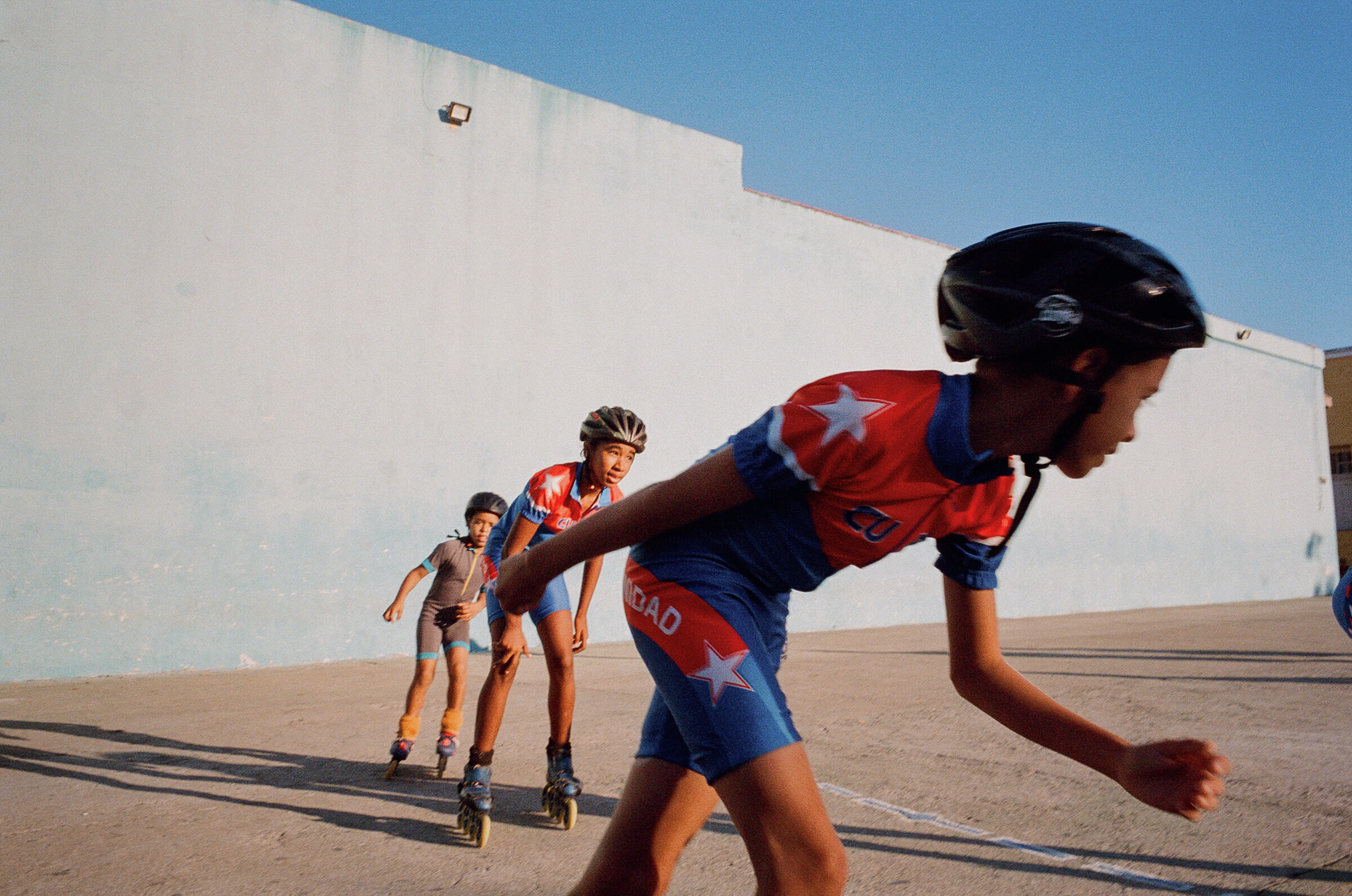
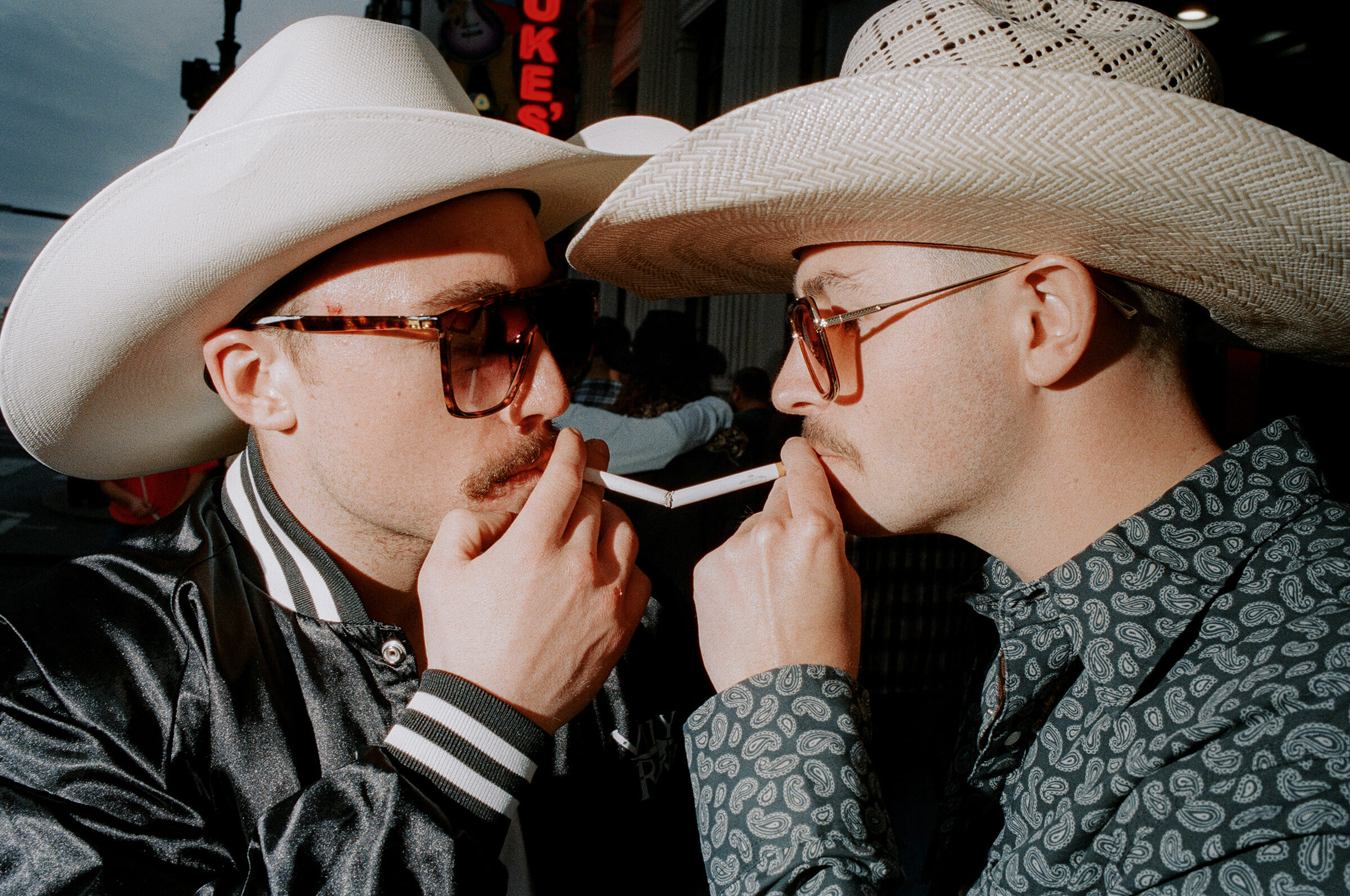
In finding a passion for photography, you started in Instagram’s early days with an iPhone and then backed into digital and film photography. Tell me about that journey.
With the iPhone, there was no fuss. It was a button on the bottom of the phone. I tapped to focus. Used the little scroller to adjust highlights and exposure. And that was it. I had a few apps that I downloaded for post-production that taught me HSL, contrast, highlights, shadows, whites, and blacks.
So it was just a very innocent period where I would go out with my buddies, we would shoot on our iPhones, and we would go back home to just make coffee and listen to Bon Iver. We were trying to figure out how contrast worked. None of us knew anything. Compositionally or photographically at all technically and that was just such a fun way to discover the craft.
Then the natural next step was to buy a DSLR, a Canon 5D MkII, and get a 50mm f/1.4. That transition was so awkward and uncomfortable. I hated transitioning. I always would gravitate back towards the iPhone because of the DSLR format, which is so counterintuitive to how I knew how to conceptually make a photograph at the time. But then I started to practice and practice and time after time I started to get more comfortable.
It’s just wild to have gone through those different mediums. I still to this day take photos with an iPhone more and more casually. There are still times when I’m greatly impressed with its power. As each phone is getting better and better, I understand how landscape photography was my first love.
This (points to iPhone – ed.) is my first love, in terms of machinery and form factor. It’s always fun to use the iPhone, whether it’s on a run, on a date, or just with family, I have my iPhone to be able to step back into that world and go back 10 years. It’s very innocent, very pure, to be able to go back and take photos on my iPhone.
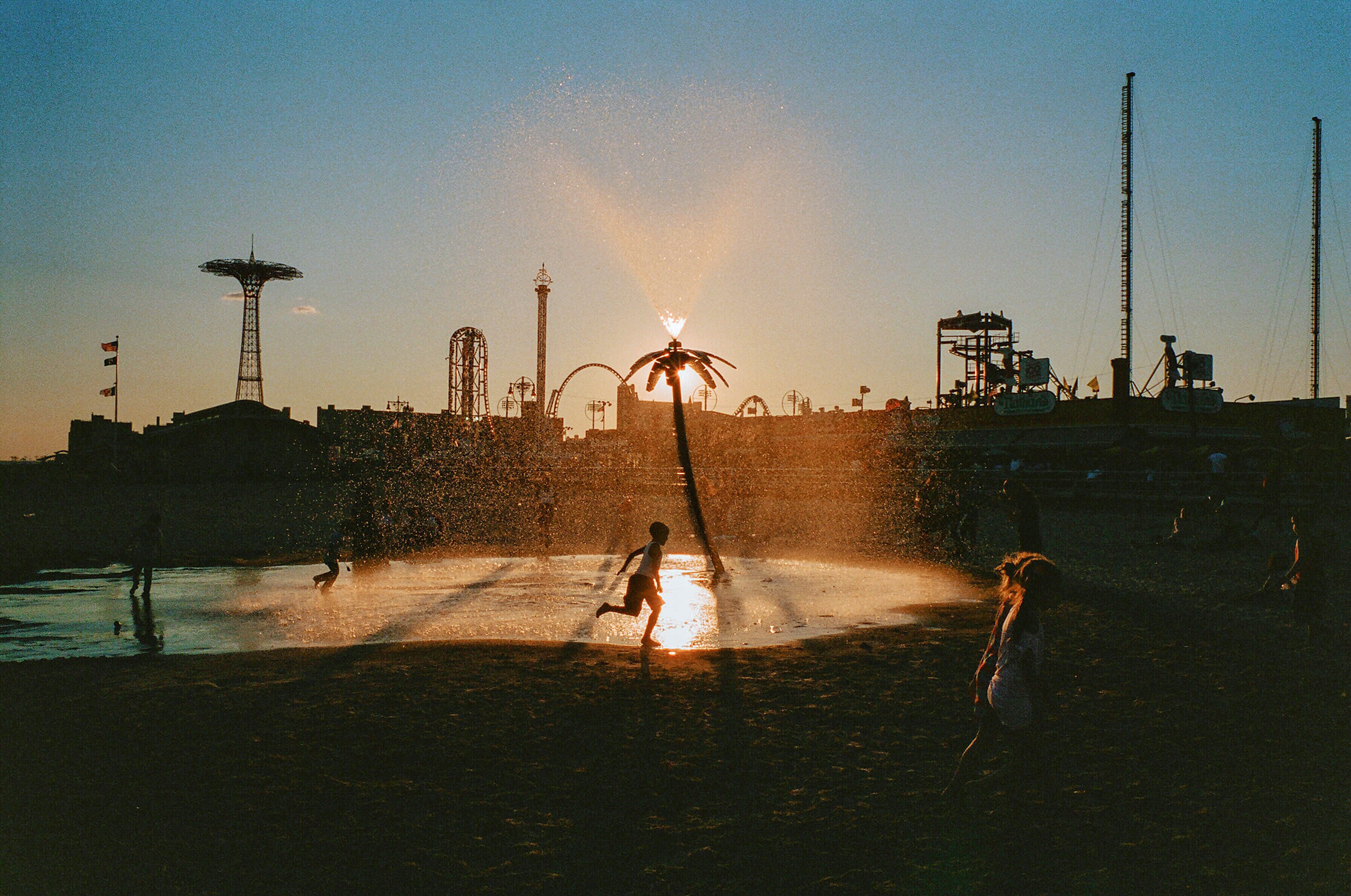
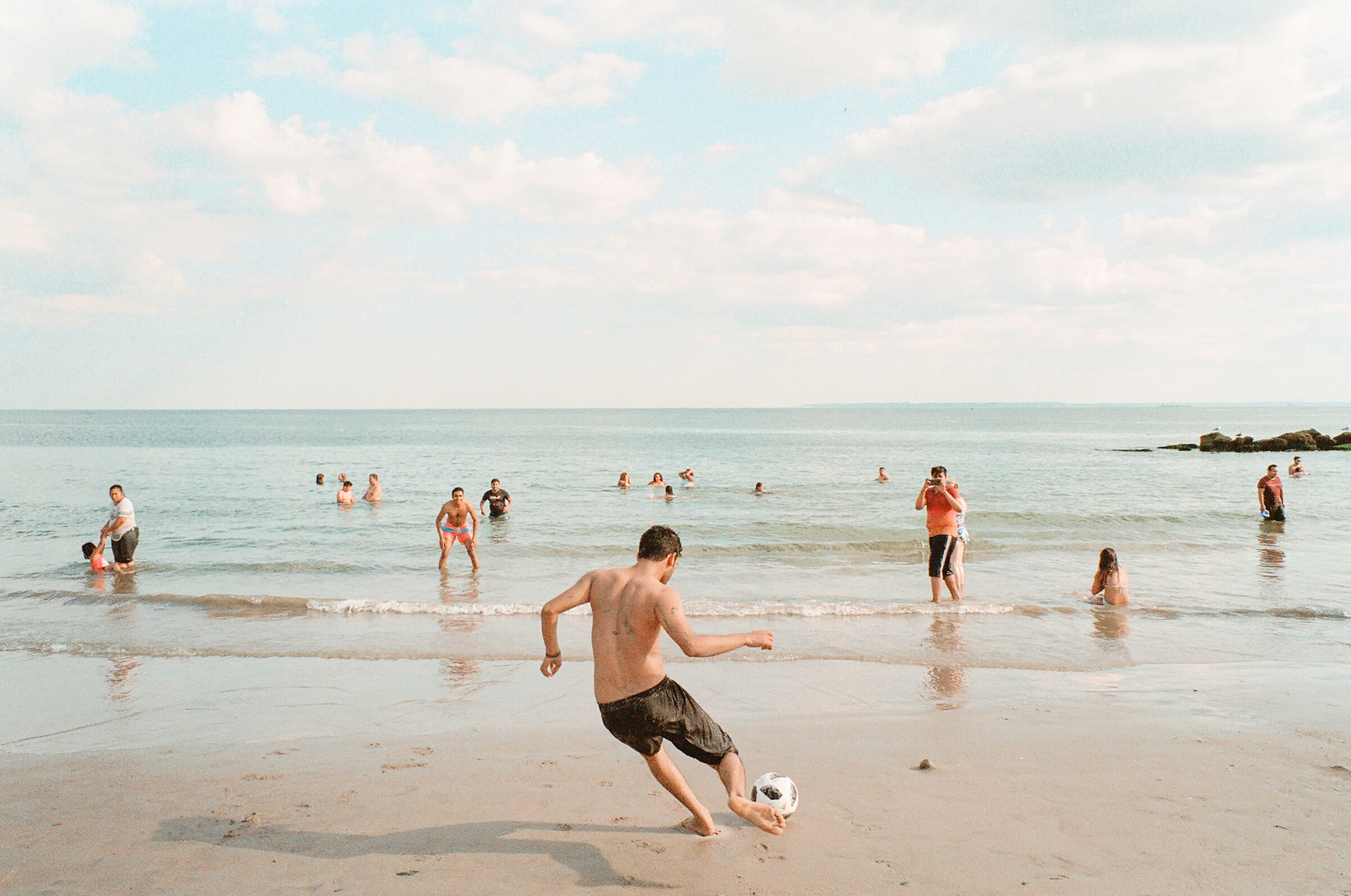
In your book you describe yourself as a student of light, making an analog to Jesus as light. It feels like photography is your way of catching a little piece of God.
Yes. Absolutely. As photographers, light is our best friend. We can’t do what we do without it. But through my spiritual journey over the last 15 years, I didn’t like going to Bible college and having a traditional education. But I dove deep into theology and studying the scriptures. I was going to go to seminary and get my Master’s in divinity. But then I downloaded Instagram and it changed the whole trajectory of my life. There’s not much more I can say. I kind of go crazy about it in the book, sharing that perspective as well as the parallels spiritually.
So much of the book deals with your tragedies. Losing your mom, the trauma of moving to rural Florida, being adopted, and later the passing of your sister. How has your family reacted? Has it opened up old wounds with your family?
That was honestly the hardest part about writing this book. I stepped into this process and pretty much wrote the entire book without even telling my family, my siblings, and my adoptive mother. Aside from Maddie, her parents and a few close friends no one knew that HarperCollins had reached out. No one knew that I was writing this book until the book was completely written, which was about May or early summer 2021.
I was at a family function. Most of my siblings live in East Tennessee, so I was out there visiting them, and kind of just talked to my siblings about writing the book. I told them about the opportunity because honestly, I cared more about my siblings’ support or thoughts on this book, more than anybody else.
My siblings, all grew up in this way. They know my story. They lived it. They are a part of that. So I cared very much about their opinion. They mean the world to me and I was terrified to have this conversation with them because I had no idea how they were going to react.
Especially around the part of losing my sister a few years ago, Hannah. I think that was probably the hardest part for my family. When I told them that I was writing the book. It’s like okay, well, how are you depicting this? Like, we’re still grieving in a sense, because it was such a traumatic experience. And I think that was the biggest concern they had.
Three of my siblings spoke to me separately and ultimately were just like, “Joe, we’re behind you 100%. No matter what happens, no matter what words appear on this page, no matter how you decide to go about it. We will be behind you 100% of the way.” I can’t even explain to you the weight lifted off of my shoulders.
But then I still had to talk to my adoptive mother. I needed to have that conversation. I think I can say this. There were some things that I needed to discuss with her from the HarperCollins legal side to cover my back, to cover their back. Some very factual situations surround the money. My lawyers with HarperCollins strongly encouraged me to have a conversation with my adoptive mother, just to make sure I double-checked my facts.
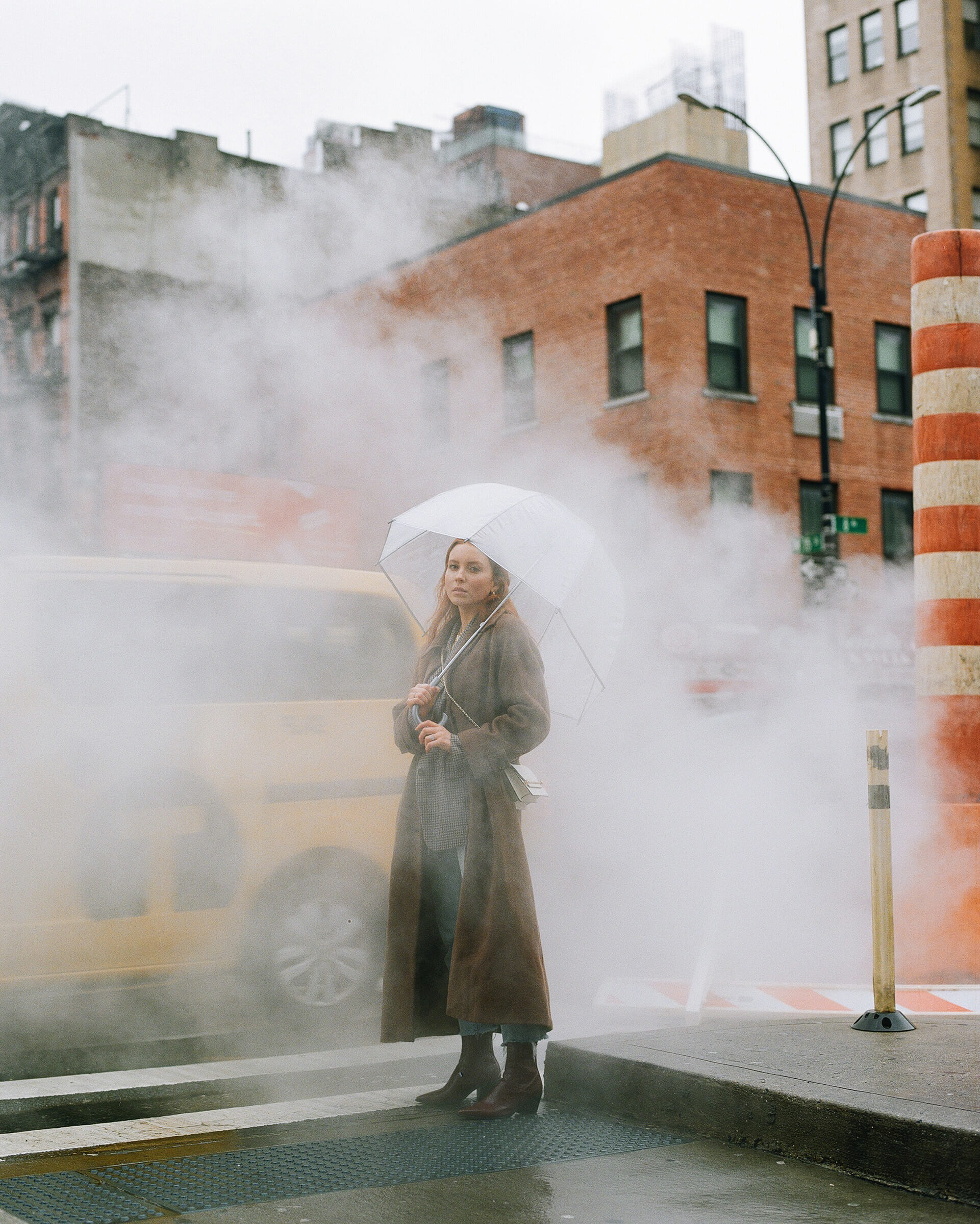
It makes sense that when referencing court rulings and large sums of money you had to be careful with the legality of it all.
This was a conversation I had been avoiding for 15 years. I was hoping to never have a conversation about it, but I’m very thankful for HarperCollins encouraging me to do it.
I think it went very well. I learned a lot of new things about my maternal mother that I never knew. My adoptive mother opened up more about her sister. That was a really beautiful thing. I just got stories and things about her that I just never. I had no clue.
I had my siblings there to mediate because they’re much closer with her than I am with her as I’ve lived out west for eight years. Having them there was huge. In the end, she just told me, “Joe. I’m proud of you. Your Mom, Nikki, she’d be proud of you. Write your book.”
It wasn’t this long, very emotional thing. I haven’t heard anything from her yet from her perspective about the book since it’s come out. She’s apologized. We’ve worked through reconciling years ago.
I did get some feedback from my siblings. They read the book and were very supportive of it. I think they all skip to the chapter with Hannah. That was the one thing they always wanted to know.
When I told my adoptive mom that I wanted to talk about Hannah she stopped. My adoptive mom has been so different ever since Hannah passed. Both of my parents have. Everybody has. But she took pause because I took photos of the house after the fire. That was my way to cope with what had just happened. I don’t think those photos will ever be published anywhere. But she was afraid that I was going to share photos of the house. I assured her that I painted Hannah in such a beautiful light.
A lot of my family didn’t want to have to experience reliving that event. But having them read it, they reached out and said just how beautiful that chapter was. That was just the biggest weight lifted off my shoulders.
Maybe I could have done better and had some of that kind of pre-approved story that I sent to family members. But I just felt like for me to do this, I needed to do it by myself. I needed to lock myself into this room and just deal with it and write.
A lot of things resurfaced that I had to deal with. Having that conversation with my adoptive mom was 15 years delayed. That provided a lot of healing. And after seeing the book in its final form, I just realized how much healing had happened over that two years. It was a really beautiful process.
To speak from an outside perspective, the book does not come across as angry or callous, especially knowing those things that you’ve gone through. I was surprised because I think that many others would have responded to those events with much more anger, and honestly, much more of just wanting to tear the world apart.
Maybe I could have done better. I tried to make it known in that book that there were seasons of blackout-type anger and frustration and anger at the world. But I’m very thankful. And that’s the thing, it’s like I didn’t want to be so tricky. I’m just so thankful to be where I’m at in my life. Everything about my story just gives me the urge to be angry at the world. To be angry at everybody. To trust no one.
But you did the opposite. To me the beautiful part of your story is with every impetus to be a terrible person, you chose not to be.
I could have just been angry. I had the right people at the right times to guide me, love me, and press into me. To be the father figures and the mother figures that I did not have growing up. I think that’s a testament to God’s faithfulness in my life and control. This idea of him protecting me knowing everything that was coming at me at a young age, and not knowing what was going on.
My faith is my strongest knowing that God’s hand has been in my life. I could have gone down this ugly path. It could have been really messy and really ugly. I could have burned a lot of bridges and burned a lot of relationships. I could be close with zero of my family members right now.
Through a lot of messiness and shitty situations, I have learned a lot of things. I think it has made me the man that I am today. It has allowed me to deal with trauma, allowed me to deal with very unfortunate crappy situations.
I’m just so thankful that I’m where I’m at. That I’m breathing. That I’m happy. That I found the woman of my dreams. That I get to pursue my passion in life, and that it is my career. That’s not the case for everybody, so I’m just looking back with just tremendous gratitude that I get to chase my dreams.
I hope that this body of work can help someone in some way. Encourage them. I will probably never produce something like this body of work again. I’m gonna go back to the fine art photo books. This is just a one-and-done kind of situation. Maybe in the next 40 to 50 years of my life, somewhere at the tail end, there might be another book like this. But aside from that, I’m going to stay back. I’m gonna put my writing pen down. I’m going to get back behind the camera and just stay there for a while.
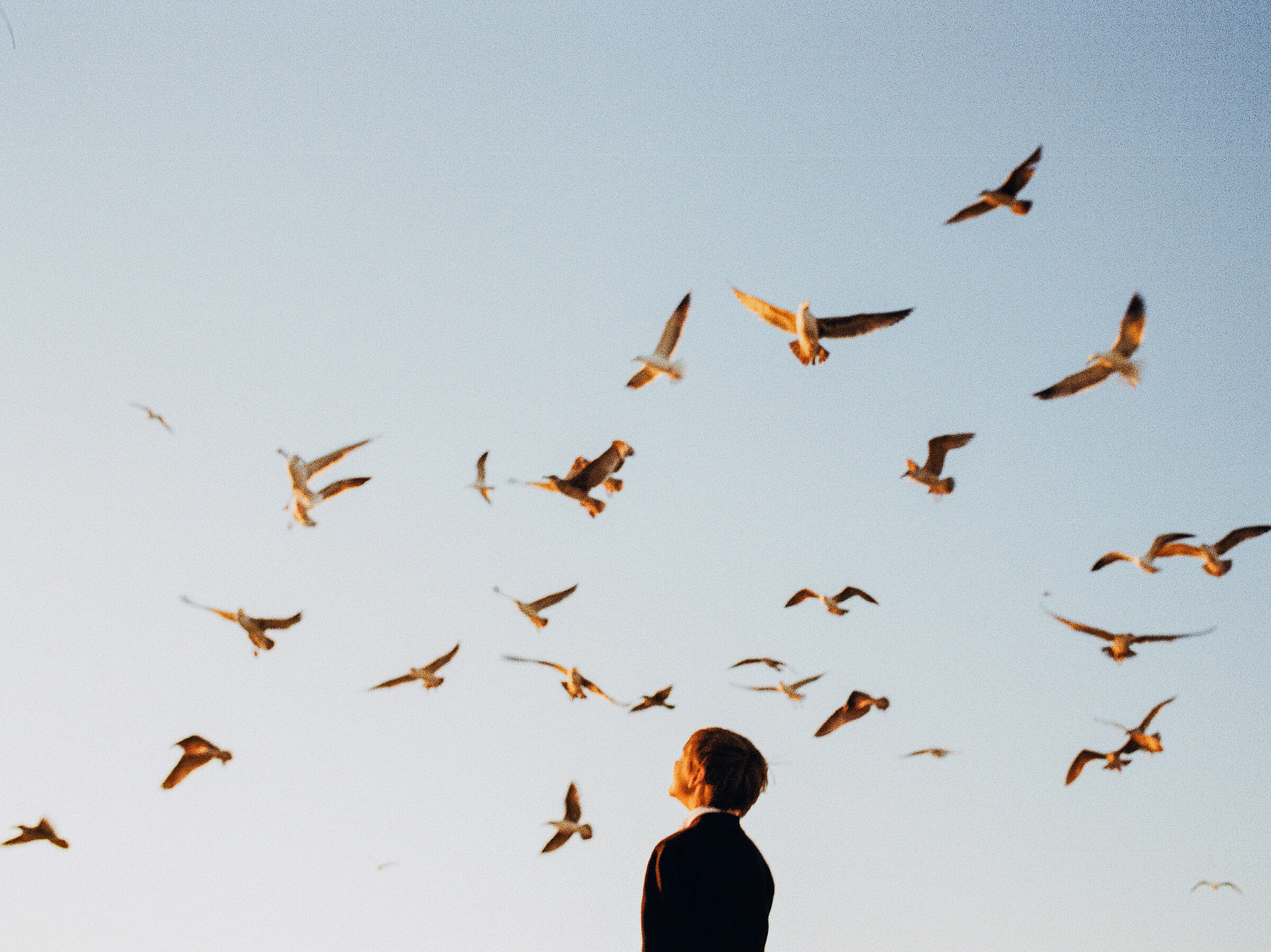
Speaking of photography, I have something that has always struck me. You started with landscape, and have pursued street photography, portraiture, and commercial work… Do you think that there’s a through-line with what you’re trying to communicate through all those different genres?
I’m terrified and absolutely crippled by the idea that I need to be put in one specific lane of photography, like street, portraiture, studio, editorial, commercial, etc.
Some friends encouraged me with something like “Joe, find that thing that you want to do and make money for and stay in that lane.” I tried that and then I just realized, “Man, this is not the way. Life is too complex, too messy, too beautiful.”
The idea to only pick up the camera when I’m in the studio, with studio lighting. To only pick up the camera if I have a gorgeous landscape in front of me. To only pick up the camera if I’m on a street. To only pick up the camera if I’m on a vacation. I was like “No life is just way too long.”
I just want to have a camera, in my hands, ready to make a photograph in any facet and phase of my life, whatever that is. That has been the biggest shift for me. The main thing I’m trying to communicate is that in any context, for money, for passion, or for a personal project I want to be confident that I can make a photograph in any phase of my life in any technical light.
Whether it’s low light, whether it’s at a beach, or I’m about to go on tour with a band and they want me to shoot on film. I’m just constantly trying to evolve consciously, trying to put myself in uncomfortable positions technically, because life is just way too beautiful. To just be thrown into one lane, that highway’s massive. There are multiple lanes, and I encourage other photographers to change lanes as often and as much as possible.
That thought has just kept me going, kept me from stalling out or hitting creative burnout. Being able to change those lanes and different mediums both technically as well as conceptually. Whenever the light hits, whenever the movement hits, and the emotion hits I want to be ready.
Sorry, I could preach about that forever…
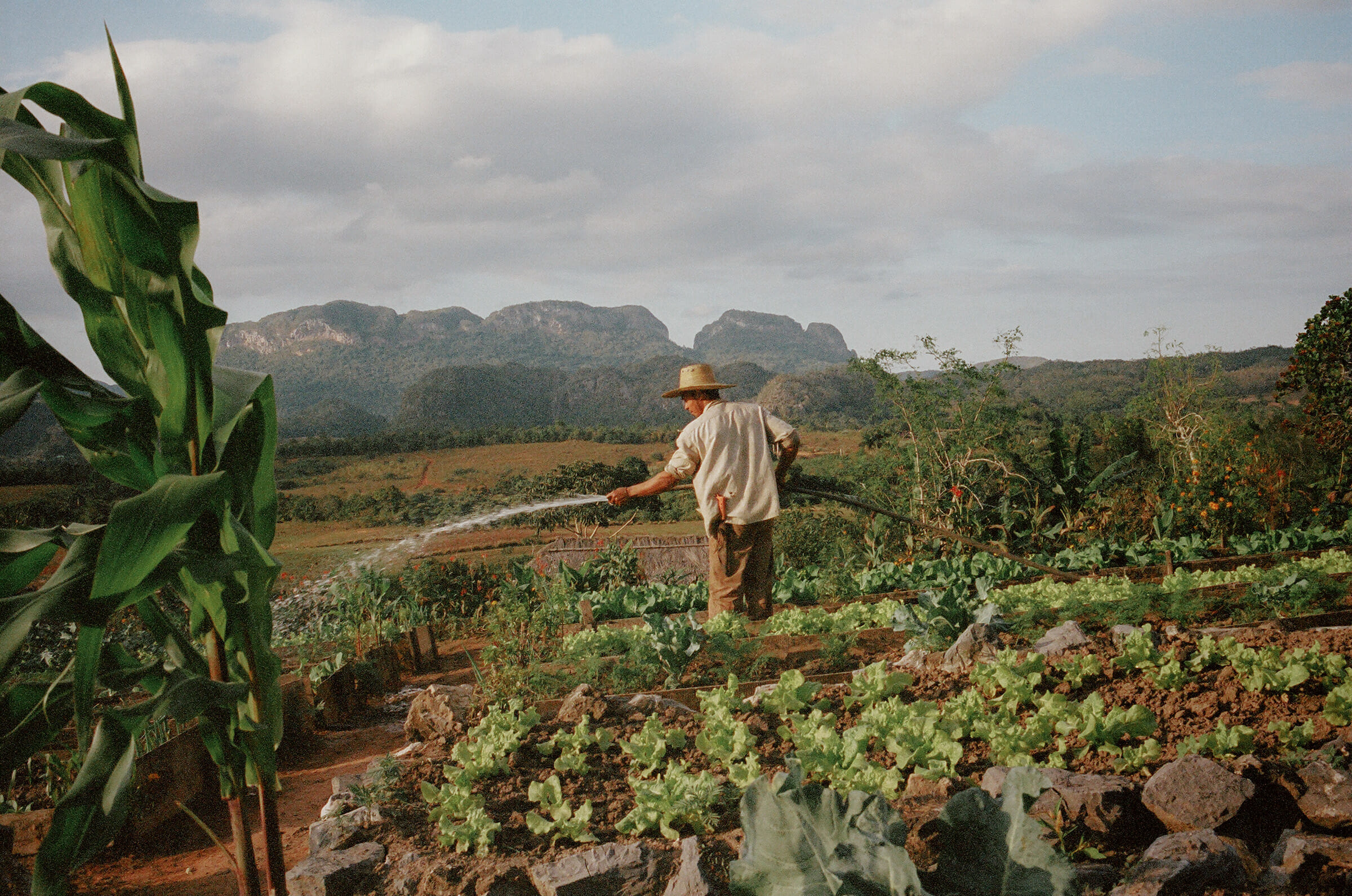
Finding beauty in those messy moments, whether big or small, is crucial. I love finding beauty in the things that no one notices. Life is about small moments, conversations, and fleeting thoughts.
That’s the best thing about being a photographer. We’re there at that split second to see that mundane unlikely moment and to capture it. It may turn out the trash, which most of mine do in those moments, but some of them turn out to be really beautiful, very timeless, and classic. Having that curiosity of slowing down and not needing that grand epic moment to make a photograph.
Unfortunately, a lot of photographers are pigeon-holed. They’re locked into that mentality. I have tried to encourage other photographers to break out of that mold. Life is so much more beautiful than just the grand and trendy. Nature photography, unfortunately, lends itself to that. There’s so much beauty in those mundane moments, as long as we can just slow down. Get out of the whole Instagram mindset that we got to create this viral trendy, you know, “bangers” as the kids like to call it. Which I think is a horrible way to reference photography. I had to get out of that because I lived there for a long time. Once I got out of that mentality. Everything changed. Everything opened up. Everything became beautiful.
That was one of the biggest things to have happened in my life. Which was around the time I worked for VSCO. They radically destroyed and altered my thinking of photography, in the purest art history way. Tearing down my entire foundation and starting over from scratch. I don’t think I’d be where I’m at, in my career, if it wasn’t for that small 10-month period with VSCO.
You’ve talked about changing lanes to challenge yourself. What are you itching to explore next?
I think I’m trying to live right in the moment right now. Being a published author is such a massive milestone in my life. I’m just trying to take this moment to talk to folks that are reading the book to have interactions and conversations. I’m trying to get really deep because it’d be so easy for me to just think about the next book, which is kind of the dream.
I want to be making photo books. For as long as I live. I want to look back on the work I’ve made. I’m probably sitting on content for a Cuba book, a Coney Island book, and another edition of “nyc, i love you…” that I’m probably going to do.
But I also don’t want to think too far in advance. I want to do a book about my sister Hannah, and my perception of the whole situation in Florida. There are a lot of things that I have my sights set on down the road.
Right now I’m finishing out 2022 trying to take in what just happens with “The Lay of the Land” but outside photography, I’m also deep in the marathon world. That is like just taking over my life in the best way possible. I’m trying to fuse those two together. Is there a connection? Is there a photographic process here? I’m trying to just tap into that. There’s got to be something there photographically. And in terms of just story and how I can intersect, run, or find the intersection of running and photography, I’m trying to figure that out. I haven’t cracked that code yet.
It’s hard to shoot while I run because I want to focus on running, on my body, listening to my breathing… To stop all the time to take photos is just not good for my training. I’ve got a big marathon in December. I’m just trying to dive deep into that. Putting a big focus on my health, as well as running, has changed how I see. It’s changed how I go about and how I shoot. That’s been really beautiful too.
As 2023 starts I’m looking at my options to see what bodies of work I’ve built up. I’m hoping to get to India by the end of the year, at least for a good chunk of time to see some of my friends over there and continue to add to that body of work. That’s one of my favorite places on earth. I dedicated my life to trying to go there at least once a year but COVID had other plans. So, it’s been two years since I’ve been there. I’m desperately trying to get back there. I’m very excited about the potential of an India book.
But it could go so many different directions, I don’t know I’m just trying to. I don’t think too far ahead as long as I’ve got my camera in hand and I’m able to afford film as the prices are getting out of hand now. You know, I’m gonna just keep going.
Joe, thank you so much for your time. I appreciate you talking to us.
Brother. The pleasure was all mine.
